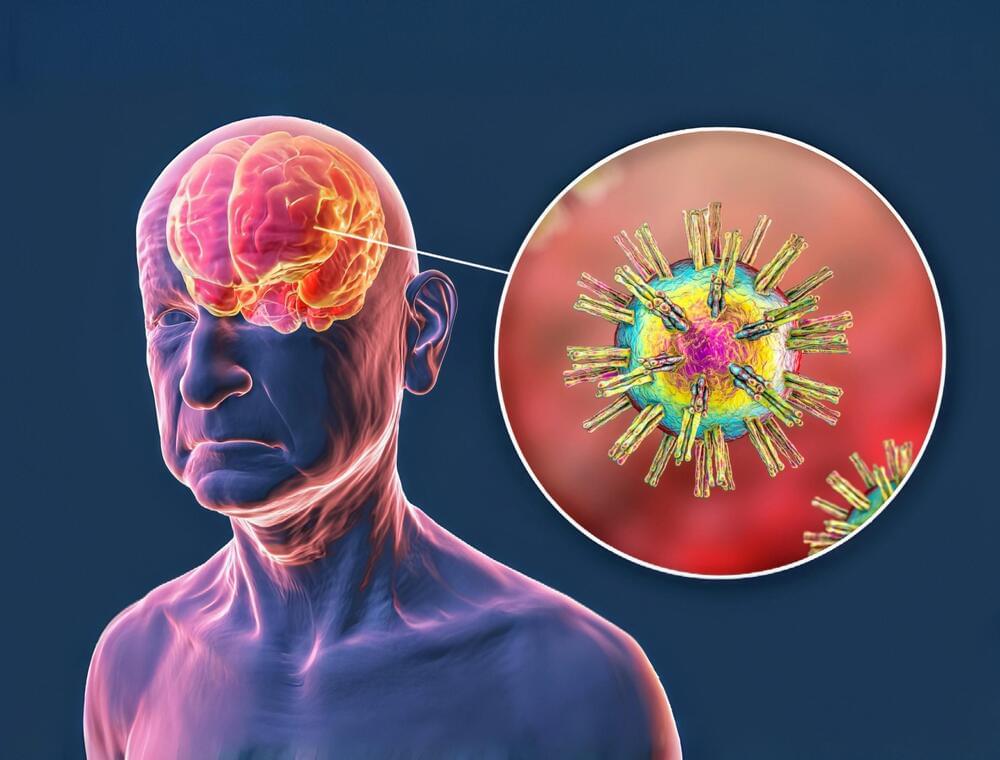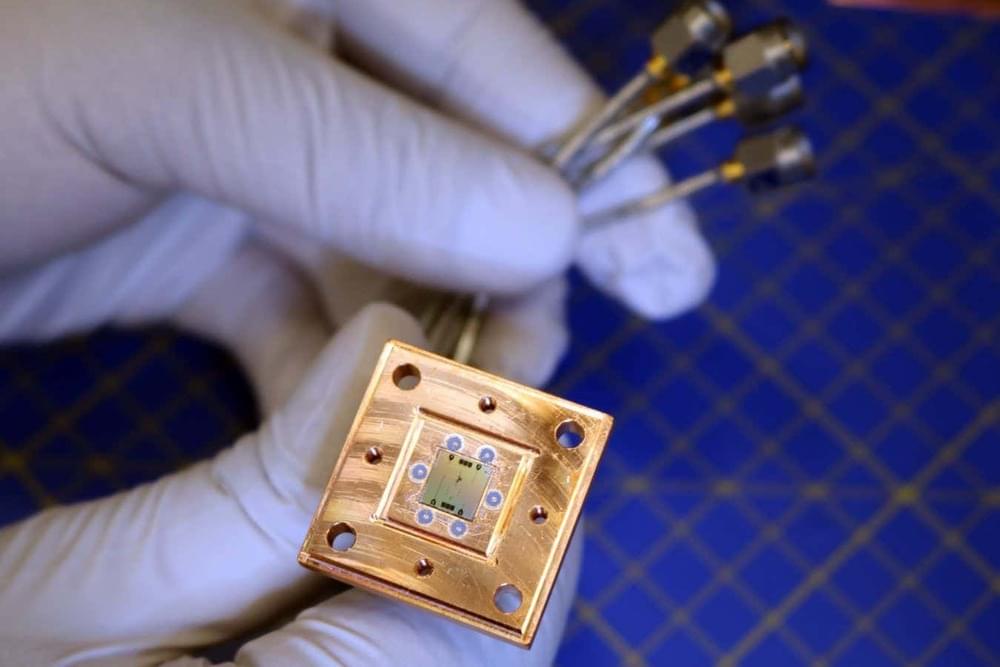
The star HD 65,907 is not what it appears to be. It’s a star that looks young, but on closer inspection, it is actually much, much older. What’s going on? Research suggests that it is a resurrected star.
Astronomers employ different methods to measure a star’s age. One is based on its brightness and temperature. All stars follow a particular path in life, known as the main sequence. The moment they begin fusing hydrogen in their cores, they maintain a strict relationship between their brightness and temperature. By measuring these two properties, astronomers can roughly pin down the age of a star.
But there are other techniques, like measuring the amount of heavy elements in a stellar atmosphere. Older stars tend to have fewer of these elements, because they were born at a time before the galaxy had become enriched with them.

















